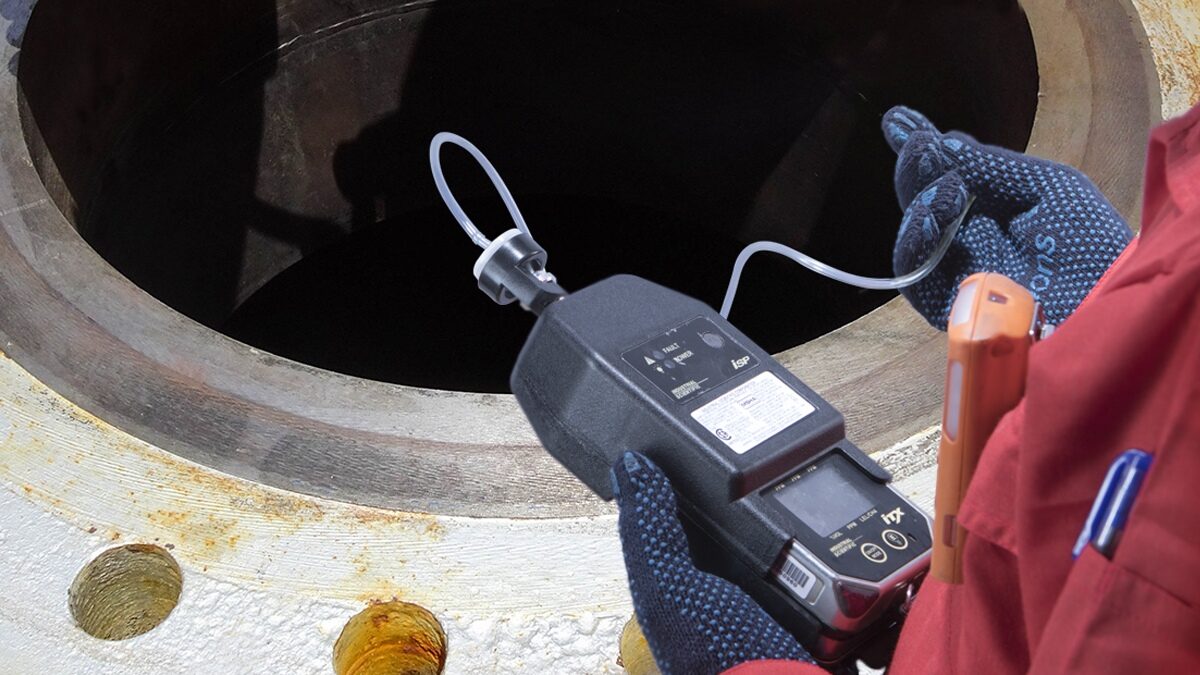The Oil and Gas industry is one of the world’s most hazardous industries to work in. Exposure to toxic gases is one of the main causes of death in the industry.
The most common toxic gases found in the oil and gas industry are sulphur dioxide (SO2), hydrogen sulphide (H2S), carbon monoxide (CO), benzene (C6H6), ammonia (NH3) and carbon dioxide (CO2).
Some of these poisonous gases may be easily identifiable by an individual upon exposure while others are not. For example, carbon monoxide is a colorless, odorless, and tasteless toxic gas which cannot be detected by smell alone.
Hydrogen sulfide on the other hand, has a distinct odor like that of a rotten egg in lower concentrations. However, at higher concentrations, hydrogen sulphide kills the sense of smell and becomes odorless making it a deadly killer. By the time a person realizes that he is in the presence of a toxic gas, he may have already been exposed at a life-threatening level.
Given the risks associated with toxic gas exposure, it is imperative that safety measures, effective gas detection and protection options are available to always keep workers safe.
There is an extensive range of gas detection and gas monitoring solutions available.
From personal detection monitors to fixed, mobile and perimeter gas monitoring systems, there are a wide range of options to suit your requirements perfectly.

Fixed Gas Detection systems
Fixed systems are permanently installed gas monitoring systems that are linked to facility alarm systems. Fixed gas detectors may be used for detection of one or more gas types. These normally include area and perimeter monitoring systems.
- Area monitoring is used to keep workers within a certain industrial perimeter safe. This is done by merging elements from both portable and fixed gas detectors into one solution within a linked network.
- A perimeter monitoring system, as the name suggests, is installed on the perimeter of a plant or site. This is essentially a community protection system that alerts the neighboring communities in the event of a gas leak. The Quazar™ is a perimeter system that can be monitored in real time remotely from anywhere in the world. In addition to gas monitoring, it also performs data logging, charting, wind speed and direction tracking.
Mobile Gas Detection Systems
PlumeTracker™ is a portable and highly mobile gas tracking and monitoring system that allows detection and mapping of escaped gas plumes. It comes equipped with data logging capability and is a cost-effective way to monitor an Emergency Planning Zone.
Personal Gas Detection Monitors
Personal Gas Detection Monitors are small portable detectors that are normally worn on clothing or PPE like a belt or harness. They are usually battery operated. The personal gas detectors are designed to detect the abnormal presence of single, dual or multiple gases that could be expected in a specific area. The instant gas concentration exceeds pre-programmed alarm threshold, the gas detector alerts the user to the risk of exposure so he can take the necessary steps to stay safe.
Mobile Gas Protection
This refers to the Air Qruise™ range of mobile gas protection vehicles. This series of vehicles equipped with a patented system of breathing air delivery is designed to detect, protect and help workers evacuate in the event of a gas leak.
United Safety has a comprehensive range of Gas Monitoring, Detection and Protection Equipment. Find out more.

